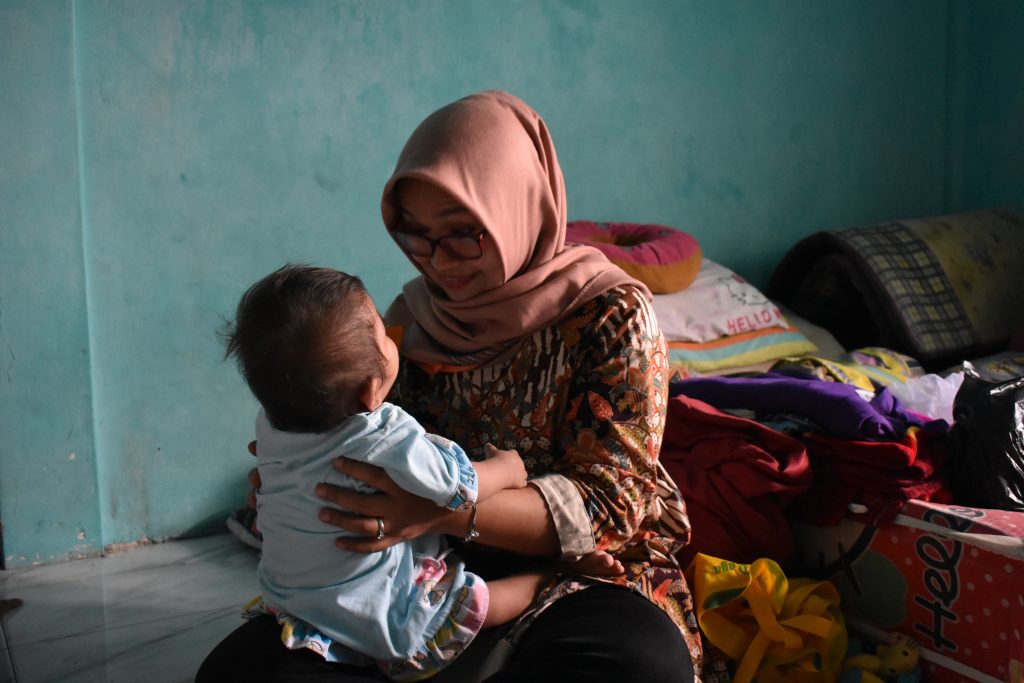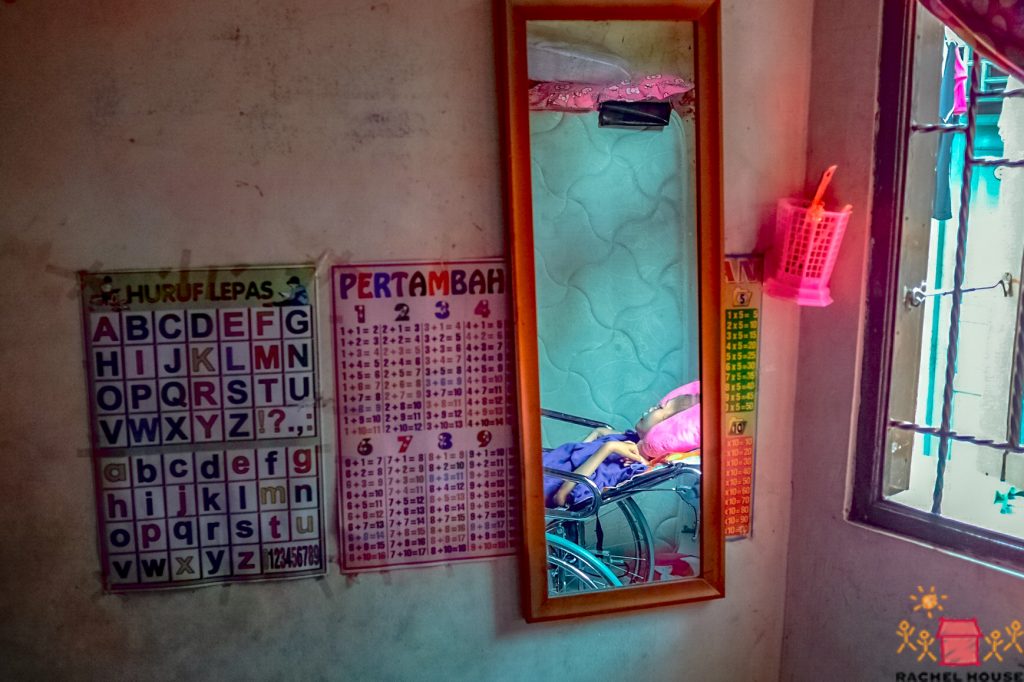Palliative care is specialised medical care for people with serious illnesses and their families. It relieves the patient’s pain and symptoms, and provides emotional, social, and spiritual support for the patient and their family members. The goal of palliative care is to improve the quality of life of the seriously ill and to support their family. We do this by making sure patients are living free from pain, with the best possible quality of life and with their needs met.
The World Health Organisation (WHO) defines Palliative Care as:
“An approach that improves the quality of life of patients and their families facing the problem associated with life-threatening illness, through the prevention and relief of suffering by means of early identification and impeccable assessment and treatment of pain and other problems, physical, psychosocial and spiritual.”
Palliative care for children represents a special, albeit closely related field to adult palliative care, and is defined by the WHO as follows:
- Palliative care for children is the active total care of the child’s body, mind and spirit, and also involves giving support to the family
- It begins when illness is diagnosed, and continues regardless of whether or not a child receives treatment directed at the disease
- Health providers must evaluate and alleviate a child’s physical, psychological, and social distress
- Effective palliative care requires a broad multidisciplinary approach that includes the family and makes use of available community resources; it can be successfully implemented even if resources are limited
- It can be provided in tertiary care facilities, in community health centres and even in children’s homes.
Who can benefit from Palliative Care?
Anyone living with a serious, chronic, life-limiting, or life-threatening illness – such as cancer, HIV AIDS, stroke, diabetes, heart disease, lung disease or congenital anomalies – can benefit from palliative care. Palliative care can be given to both children and adults.
How is it different to normal medical care?
While the purpose of traditional medical care is to find a cure or to heal an illness, the main goal of palliative care is to ease pain and prevent suffering associated with an illness. The focus is on making sure the sick can live their lives as well as they’d like. Palliative care also helps patients and families understand the disease and available treatments. It also facilitates open communication to discuss any practical or emotional concerns that come with a diagnosis of serious illness.

Is palliative care only for the dying?
No. While it is true that patients at the end of life have greater needs for palliative care, patients at other stages of serious illness can also benefit. Globally, four different groups of childhood conditions have been identified as having the potential to benefit from palliative care:
Group 1 – Life-threatening conditions for which curative treatment may be feasible, but can fail (for example, cancer, organ failure of heart, liver or kidney, infections).
Group 2 – Conditions requiring long periods of intensive treatment aimed at prolonging life, but where premature death is still possible (for example, cystic fibrosis, HIV/AIDS, cardiovascular anomalies, extreme prematurity).
Group 3 – Progressive conditions without curative options, where treatment is palliative after diagnosis (for example, neuromuscular or neurodegenerative disorders, progressive metabolic disorders, chromosomal abnormalities, advanced metastatic cancer on first presentation).
Group 4 – Irreversible, non-progressive conditions with severe disability causing extreme vulnerability to health complications (for example, severe cerebral palsy, genetic disorders, congenital malformations, prematurity, brain or spinal cord injury).
What is the difference between life-limiting and life-threatening?
A Life-limiting illness is defined as a condition where premature death is usual, but not necessarily imminent. A Life-threatening illness is one where there is a high probability of premature death but there is also a chance of long-term survival to adulthood.
What can I get from palliative care?
The diagnosis of a serious illness that will limit you or your child’s life can impact all aspect of your life. Palliative care can relieve pain and other distressing symptoms such as shortness of breath, constipation, and nausea. It also provides emotional, social, and spiritual support, such as:
- Help understand the disease and your treatment options
- Assist in making decisions related to patient’s medical treatment
- Address any emotional concern or stress that rises from facing a serious illness.
Where can I access palliative care for my child?
Palliative care treatment can be given in the home, in the hospital, at your local health clinic (puskesmas), or at a specialised facility known as a hospice. Rachel House provides home-based palliative care to children living with serious illnesses across greater Jakarta, free of charge. You can also find palliative care at some large hospitals in Jakarta and other major cities in Indonesia. If you think you or your family member need palliative care, ask your doctor or get in touch.

Is it difficult to access palliative care in Indonesia?
Yes. Today there are close to 700,000* seriously-ill children in Indonesia, but less than one percent currently have access to pain relief or palliative care. That’s why in addition to caring for seriously-ill children across Greater Jakarta, Rachel House provides palliative care education course – supported by international palliative care experts – to equip doctors, nurses and allied health workers from across Indonesia with the skills and knowledge to deliver effective and compassionate care.
If you would like to know more please get in touch. If you would like to help support our work providing palliative care to children in need, please consider making a donation.
* Estimating the Global Need for Palliative Care for Children: A Cross-sectional Analysis, Journal of Pain and Symptom Management; Vol. 53
Hidden Lives, Hidden Patients, Worldwide Hospice Palliative Care Alliance and International Children’s Palliative Care Network; 2015